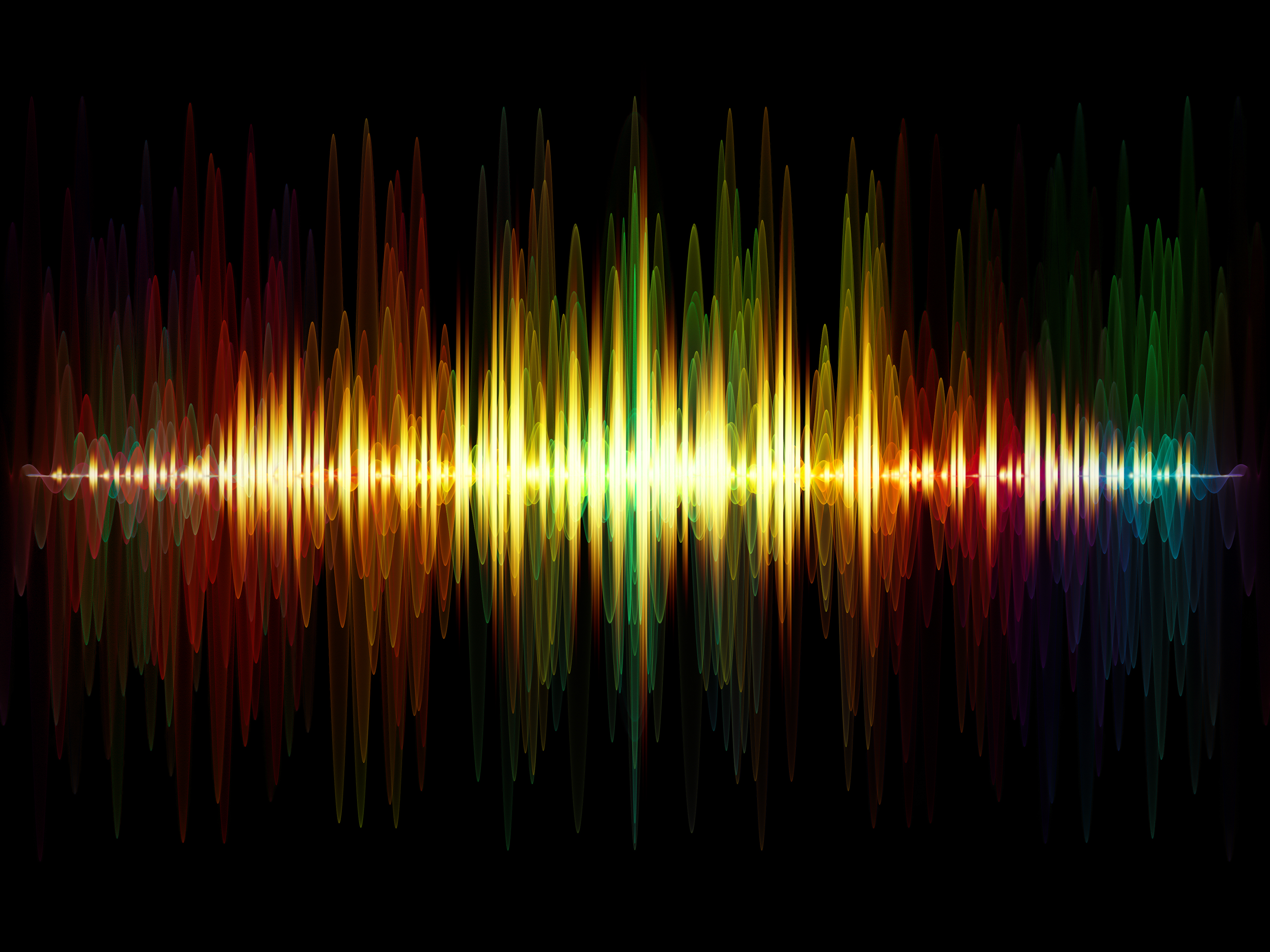From Earth to Space – LEDs can bring better health
Angie Kellen, Director, Client Services, Open Sky Communications
After attending the LIGHTFAIR International show this year, I was very intrigued by the growing applications for LED lighting, which span homes and buildings to streetlights, cars and even plant growth. We can control it with timers and dimmers, and even fine tune the color. I have been around the industry for some time now and while lighting is truly everywhere, I didn’t really think about its use in space. Maybe I was led to this topic because this year will be the 50th anniversary of the Apollo 11 moon landing. While we haven’t had many missions to the moon lately, human beings have been traveling to the International Space Station (ISS).

The ISS was designed to use fluorescent light bulbs. This makes sense as LED technology was not fully mature at that time. However, now that LED technology is available, the station is currently more than halfway through a lighting overhaul that is replacing the original bulbs with LEDs. The occupants of the ISS will enjoy many benefits, such as longer life of LEDs versus fluorescent bulbs and lower energy consumption. Also, LEDs don’t have glass or mercury that could result in glass pieces or toxic metal floating through the space station if broken due to zero gravity. In addition, researchers hope that the new lighting will help astronauts to sleep better at night and stay more alert during the day.
This seems like a simple solution for better sleep and better alertness. However, when keeping in mind that there is no ‘day’ or ‘night’ in space, this becomes quite a challenge. Adding to this is the fact that the ISS circles the Earth about every 90 minutes. While this allows the astronauts many opportunities to see the sun rise and set, it’s a disaster on their circadian rhythm or body clock. If you are not familiar with the term ‘circadian rhythm’, here is a good explanation. According to George Brainard, Ph.D., director of the Light Research Program at Thomas Jefferson University in Philadelphia, Penn., he feels that among space flight’s many negative effects on health, the disturbance of the circadian rhythm and the sleep deprivation that accompanies it are considerable worries. And in particular, this needs to be addressed as human beings prepare to travel to more distant locations in space.
Fortunately, the technology exists today for LED-based dynamic lighting systems that are capable of adjusting the color and intensity of the light. This enables the ability to design lit environments that are less detrimental to our health. Installation of the dynamic lighting system on the ISS is expected to be completed later this year. It has been designed to offer three settings: one that produces a bright, white light for use during working hours; another that makes a dim light depleted in blue wavelengths to help prepare astronauts for sleep in the ‘evening’; and a higher-intensity light enriched in blue wavelengths that will be used to help boost alertness when required and to reset the circadian clock after working at night or to fix disrupted sleep–wake cycles. Now, astronauts in space will be able to determine whether such lighting can overcome the effects of experiencing 16 sunrises a day.
With the installation of the new LED lighting systems on the ISS, there will be valuable information gathered on the ability to control/maintain our circadian rhythms. Not to mention how this may work for the much longer space flight to Mars, which is a current focus of NASA.
Back on Earth, several light-based health interventions are underway. Light boxes that emit an intense blue light have been shown to help people with a form of depression called seasonal affective disorder. Many mobile devices now include features to reduce the emission of blue light in the evening, and glasses that filter out these wavelengths are available. There are researchers investigating the effects of lighting interventions on older people with Alzheimer’s disease and some forms of dementia. Because less light reaches the retina with age, a greater intensity of light is needed. Simply boosting the amount of blue light during the day helps to regulate people’s sleep–wake cycles, which are often disturbed in people with dementia.
Conventional displays produce images by combining three colors of light — red, green and blue. Rather than removing the blue wavelengths from images, researchers are using optical filters to adjust the output of two projectors, replacing blue with violet and cyan. A fifth color, yellow, was also used to give the researchers greater control. The project’s volunteers were not able to tell if the images they viewed were made by the modified displays. However, they did report feeling sleepier when they watched television in the evenings using the less stimulating setting.
Today’s researchers are really beginning to understand the extent to which too much or too little light at the wrong time of day can be detrimental to important physiological processes, whether you’re playing computer games after bedtime, or you’re a doctor on the night shift, or an astronaut on the ISS. LEDs used in concert to support our biological rhythms will provide better health, performance and well-being. What we are learning on Earth will light the way for successful, manned space missions to the moon and beyond.
Stay tuned for my next blog, where I’ll dig deeper into the many ways that LED lighting is being used to improve our health.
